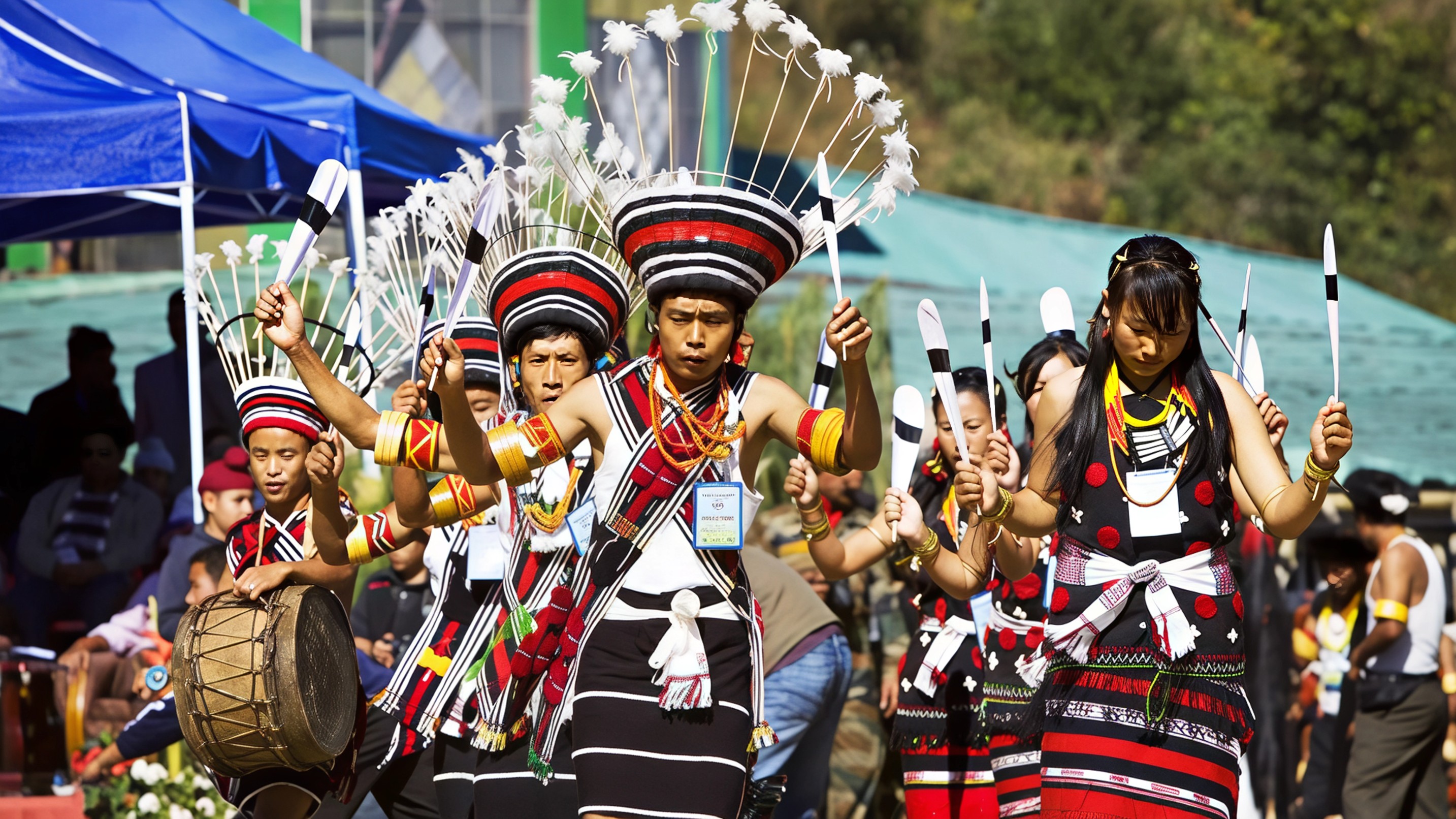Mount Everest, the world's highest peak, is once again welcoming international climbers through its Tibet side after a hiatus due to the COVID-19 pandemic. Adrian Ballinger, an experienced mountaineer, has shown a preference for the Tibetan approach to conquer Everest's summit. This season, his expedition group, Alpenglow Expeditions, is set to undertake the journey through Tibet.
The China Tibet Mountaineering Association (CTMA) is in charge of issuing permits for those opting to climb from the Tibetan side. Although there has been no formal announcement from Beijing regarding the reopening, climbers are eagerly waiting for the CTMA to release its pricing list, which would serve as a confirmation of access.
For foreign climbers, obtaining access involves more than just a standard Chinese tourist visa; a separate visa for Tibet is required. The CTMA assists climbers in navigating this additional bureaucratic step.
To manage the environmental and logistical challenges of climbing Everest, the CTMA limits the number of permits to 300 annually for climbers who are not Chinese nationals.
The window for climbing Everest is narrow, generally spanning from late April to the middle of May. Ballinger and his team have planned their arrival in China for April 25, following a period of acclimatization in their home country.
Historically, climbing from the Tibetan side was considered safer and was more popular among climbers until 2008. In that year, the Everest expedition was abruptly halted due to the Summer Olympics in Beijing, which prompted many climbers to switch their routes to Nepal. With Tibet now reopening for climbing, there is anticipation that this trend may shift back.
This move to reopen Mount Everest via Tibet to foreign climbers marks a significant step towards normalizing adventure tourism and mountaineering expeditions in the region after the pandemic-induced break.








